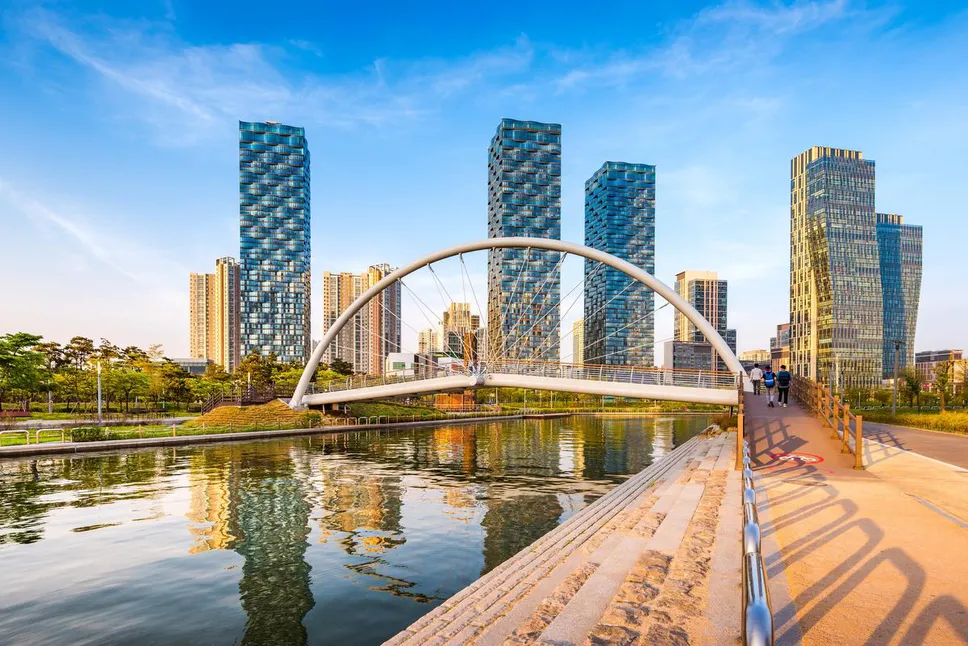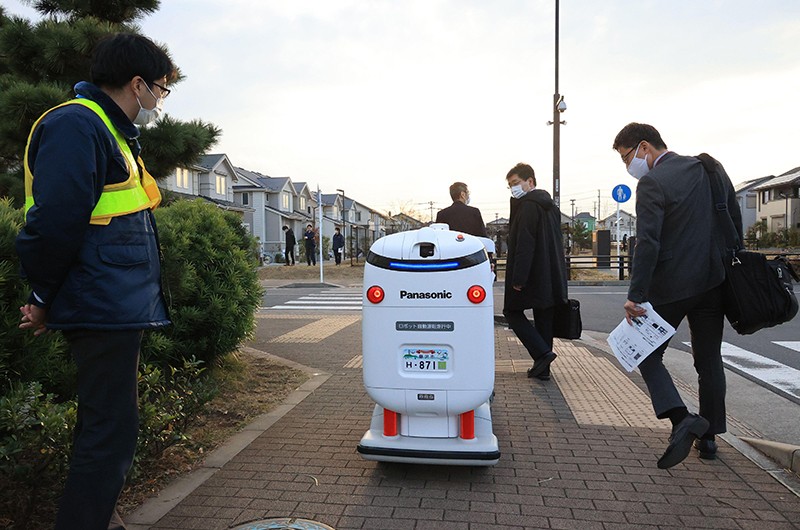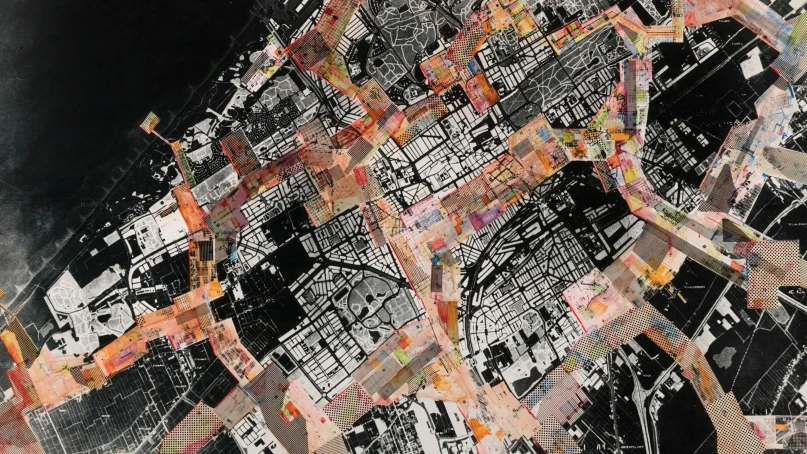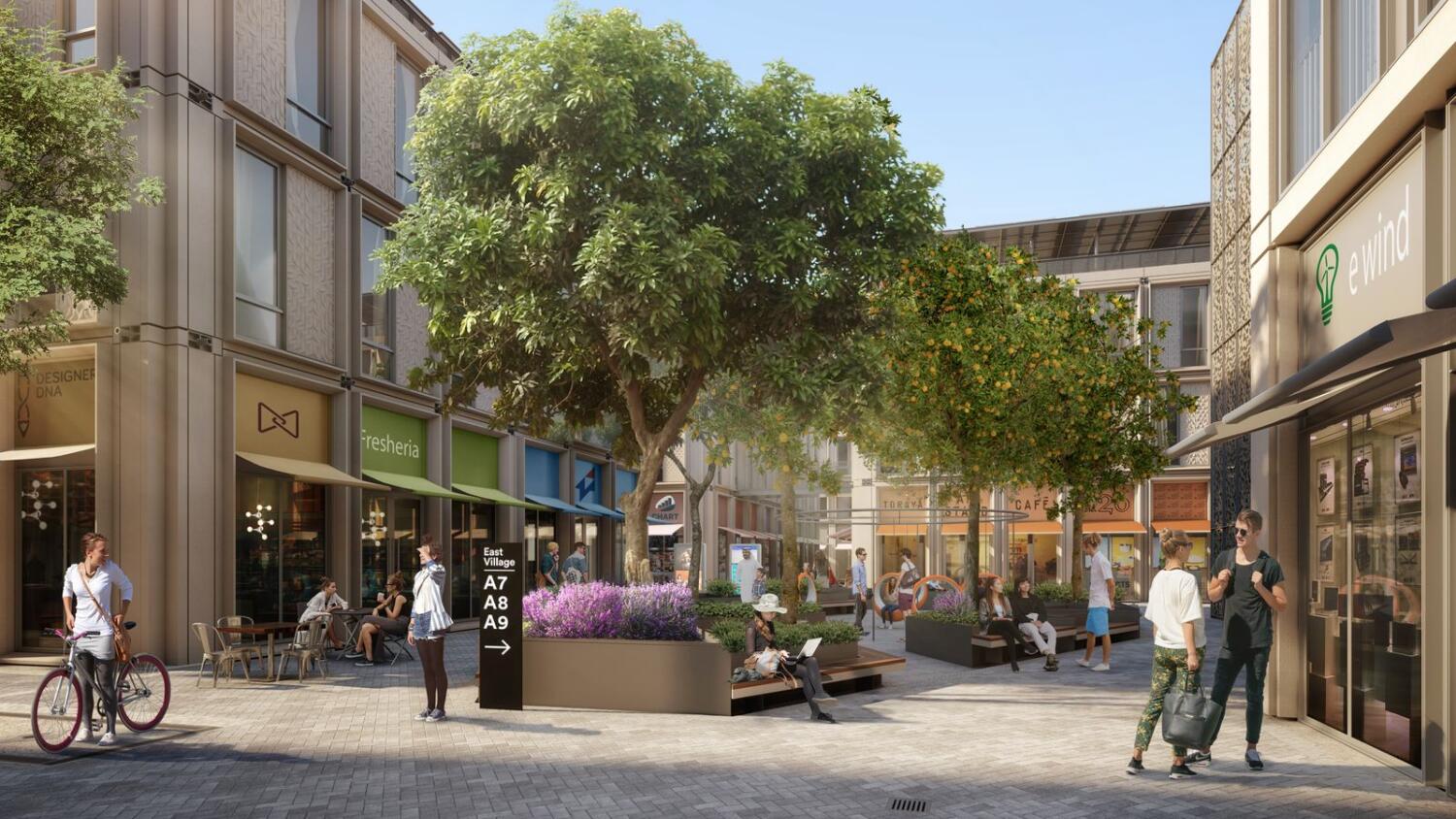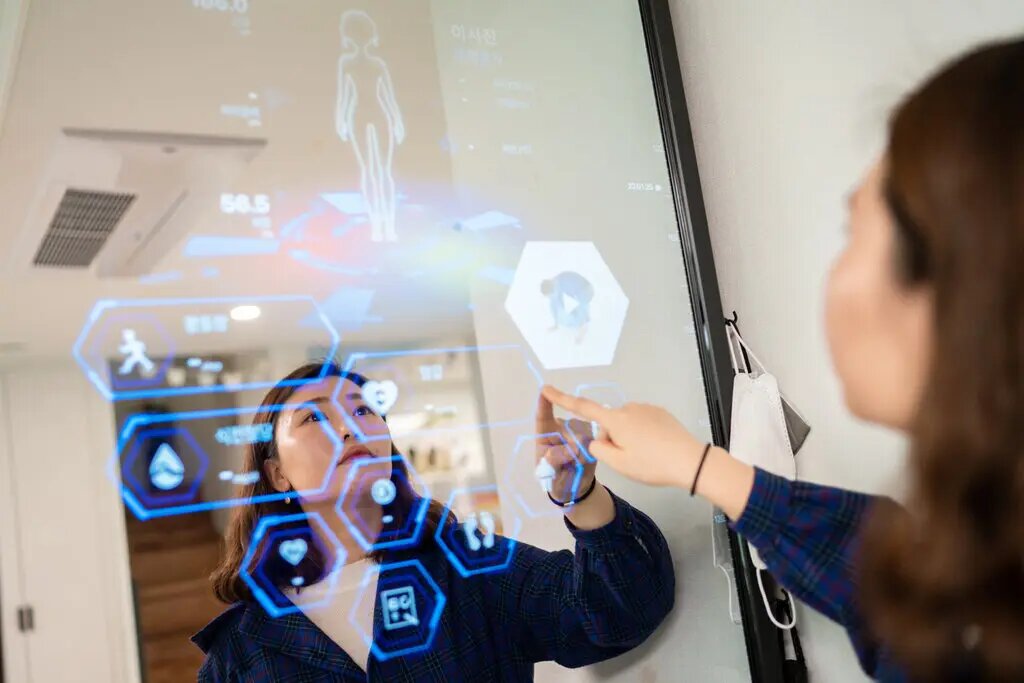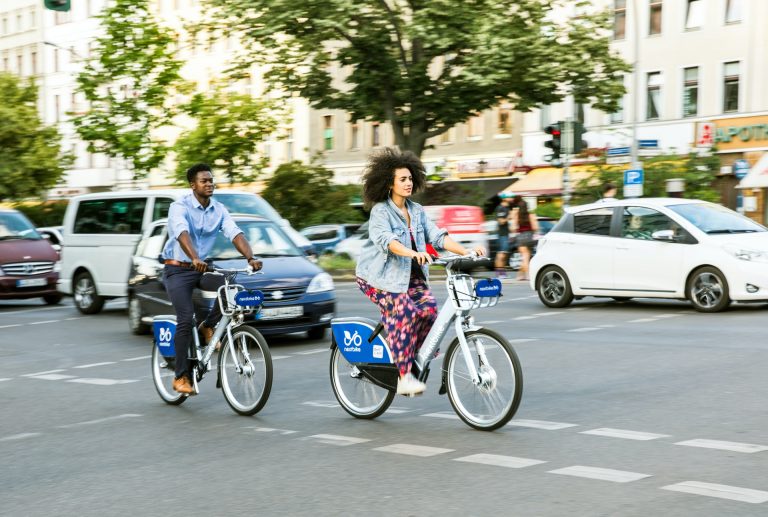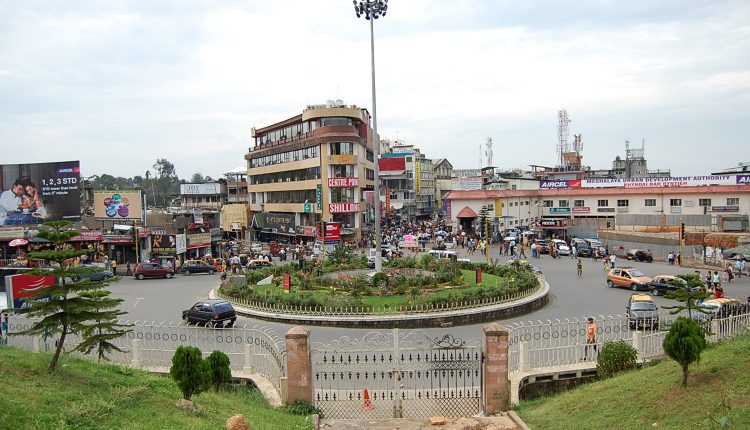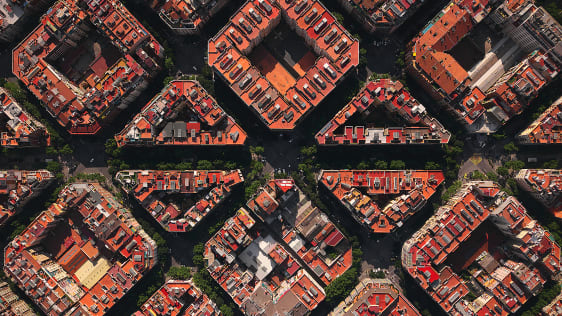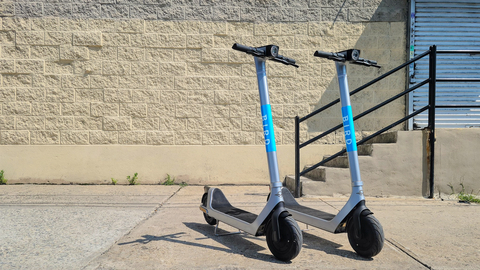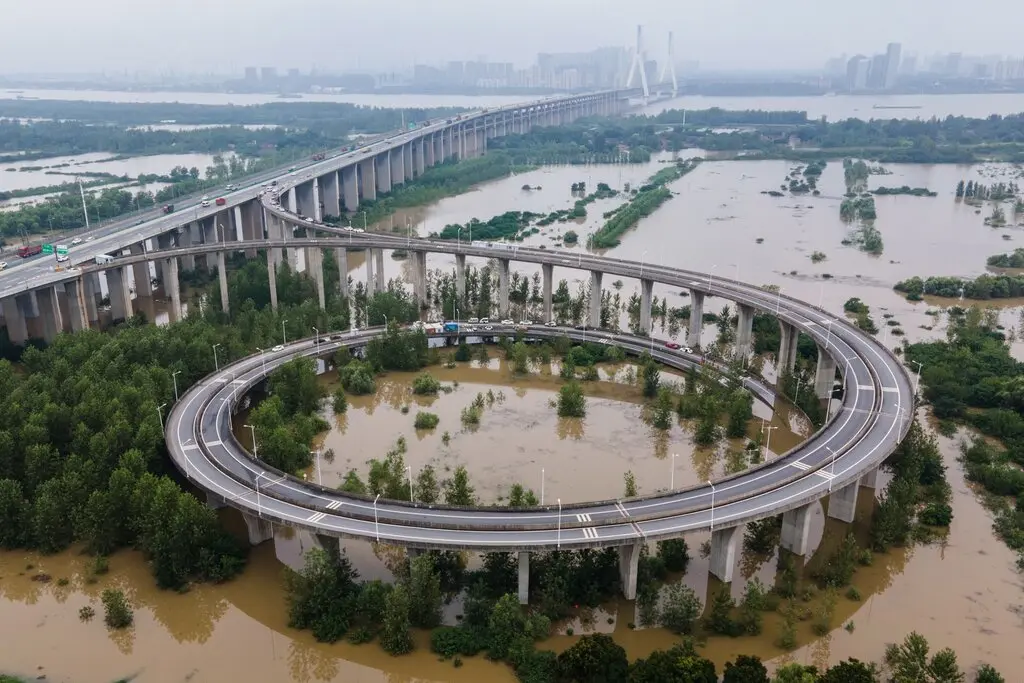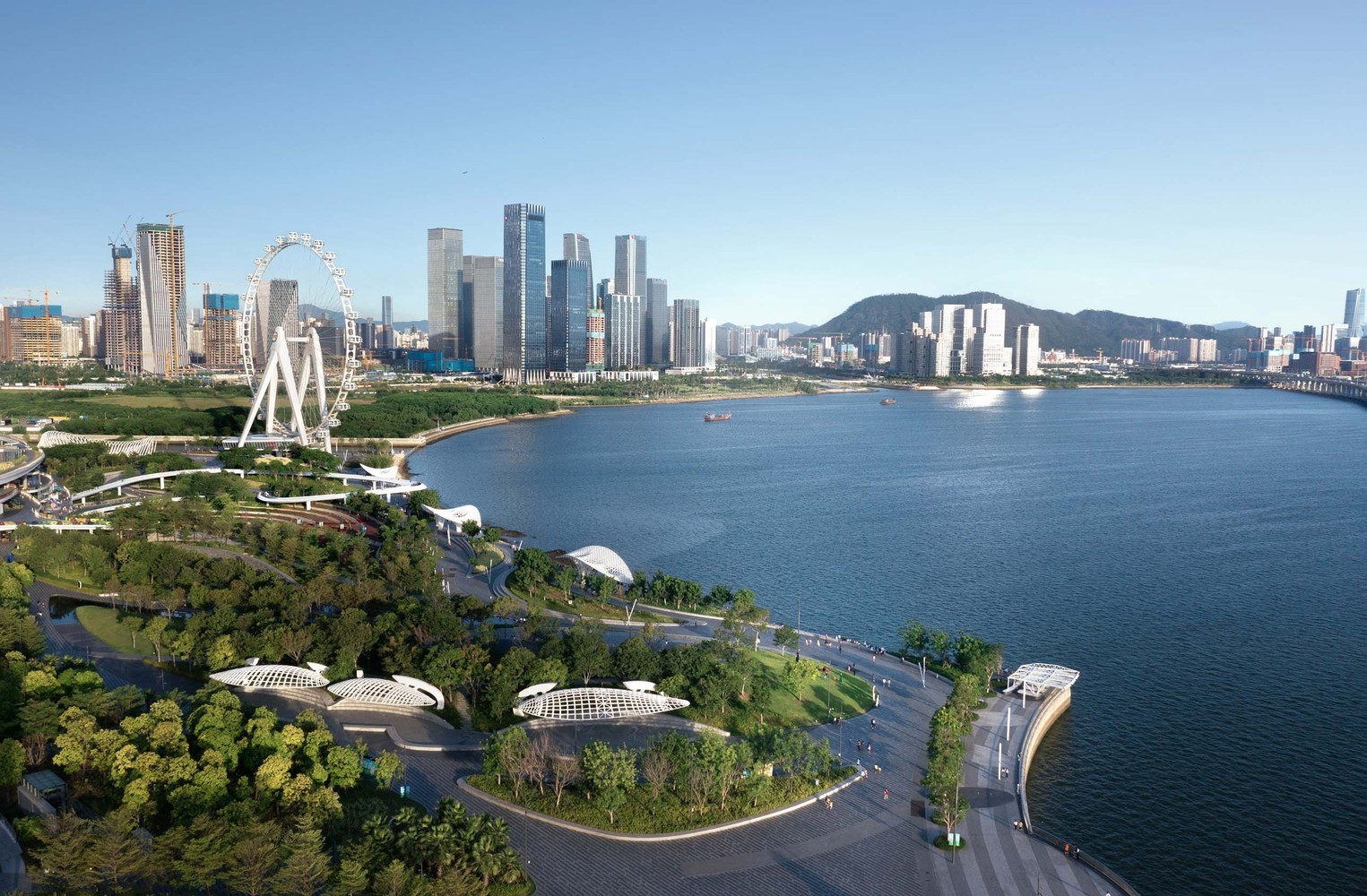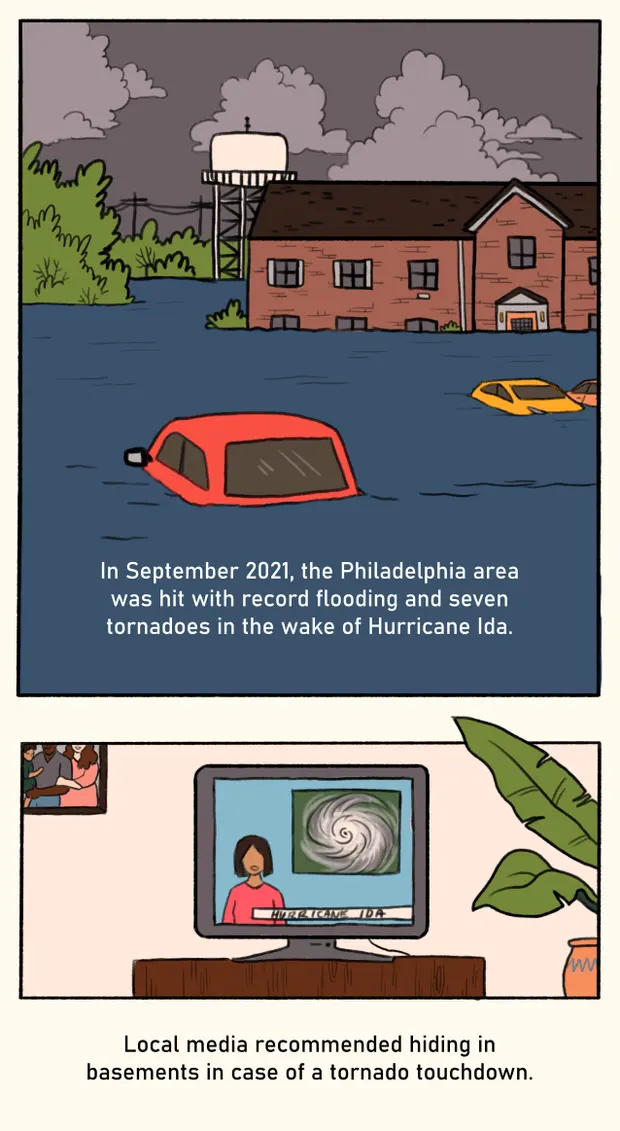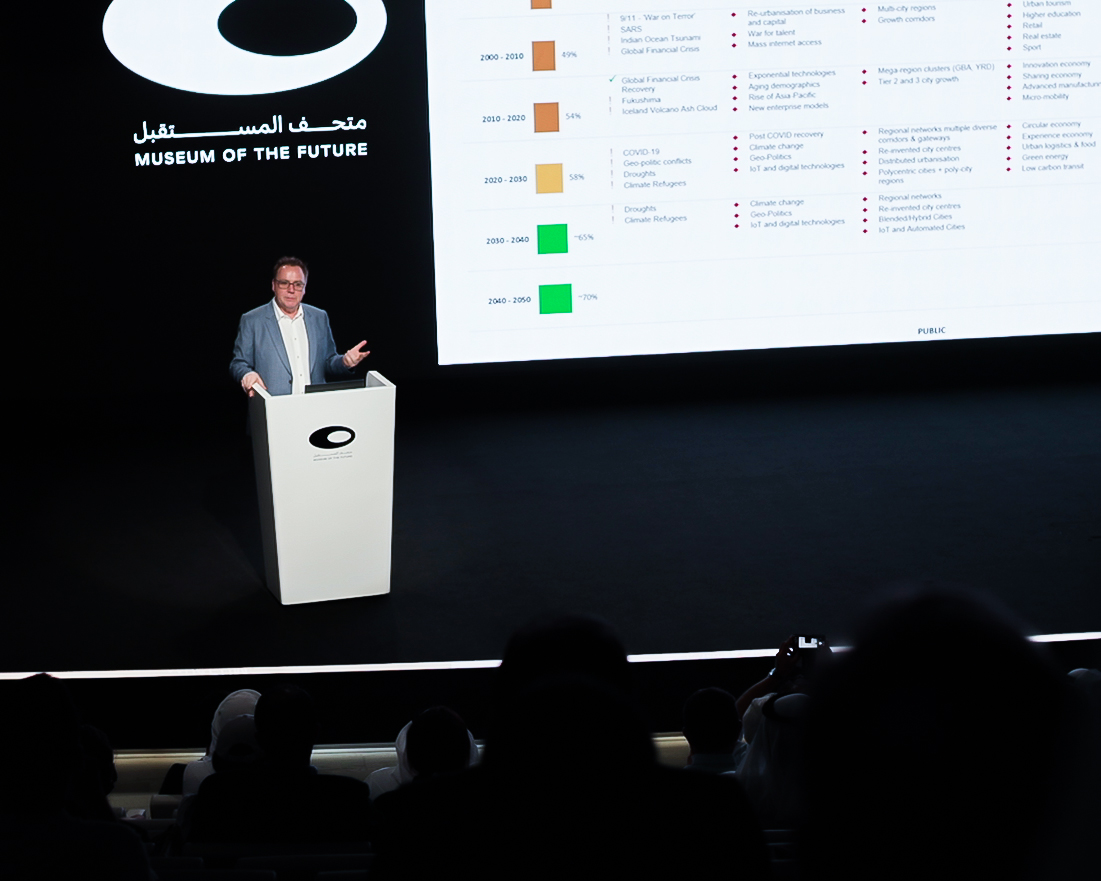
We recently caught up with Sri Lanka Telecom’s Anuradha Udunuwara to discuss the role of 5G in enabling smart cities and digital urban spaces, ahead of our upcoming virtual event 5GLIVE
What role has 5G played in the development of smart cities?
According to ITU, more than half of the world’s people live in cities today. By 2050, nearly seven in ten people will be living in cities. Cities account for more than 70% of global carbon emissions and 60% to 80% of energy consumption. Rapid urbanization has created additional challenges such as social inequality, traffic congestion, and water contamination, and its associated health issues. This shows that cities need new approaches – smart approaches.
The moment we hear “smart cities” we tend to think of futuristic, high-tech large cities that are efficient, clean, and a delight to live in. A common perception is that smart cities are all larger cities that are well resourced. The problem with this perception is that it excludes the majority of cities which are not large or well-resourced. However, smart technologies, such as 5G, do have relevance to all cities in that they lead to improvements in quality of life. ITU describes a smart and sustainable city as an “innovative city that uses Information and Communications Technologies and other means to improve quality of life, the efficiency of operation and services urban, and competitiveness while ensuring that it meets the needs of present and future generations with respect to economic, social and environmental aspects”. This is a very broad description. However, it is important to recognize and accept that smart interventions need not be technology-based, but should be based on addressing the real requirements of the people live in those cities.
+INFO: Total Telecom




